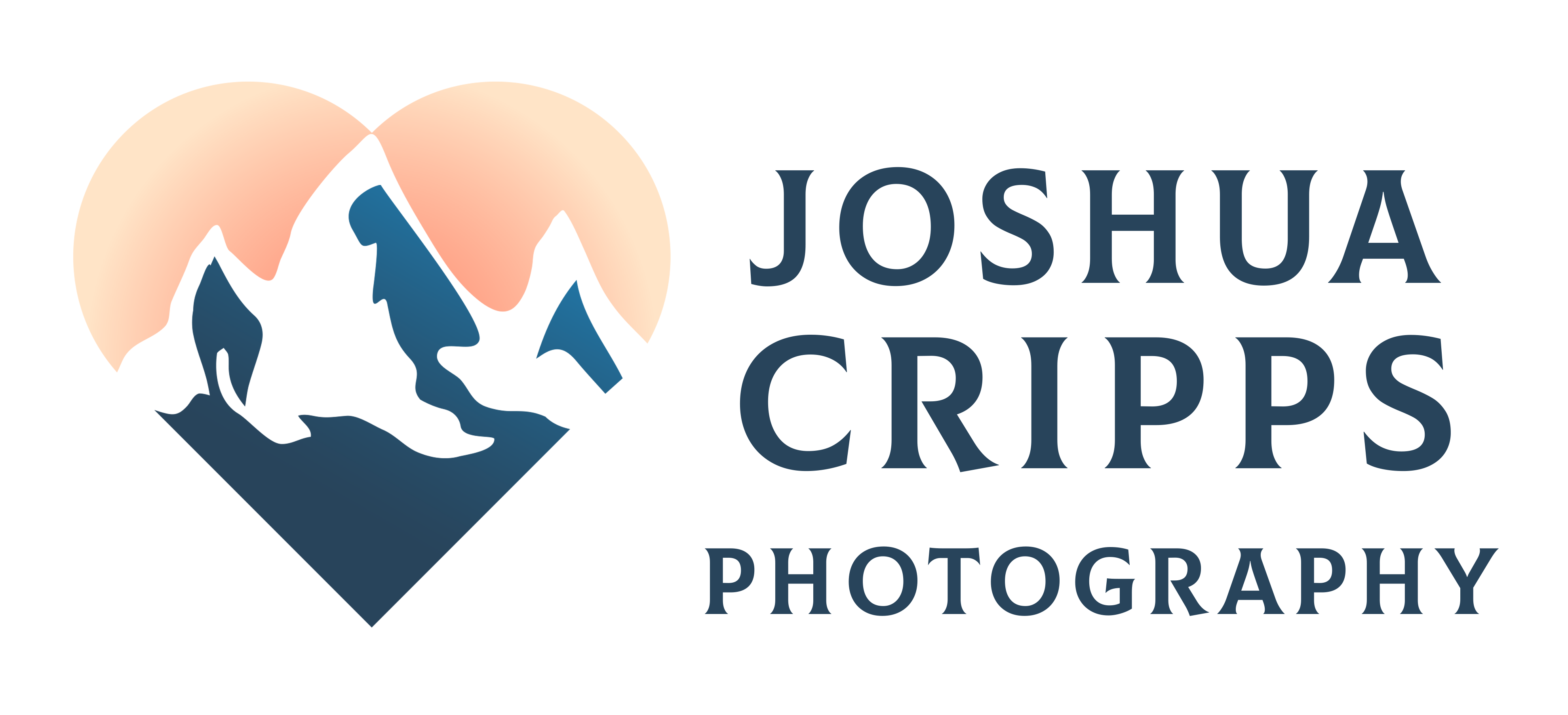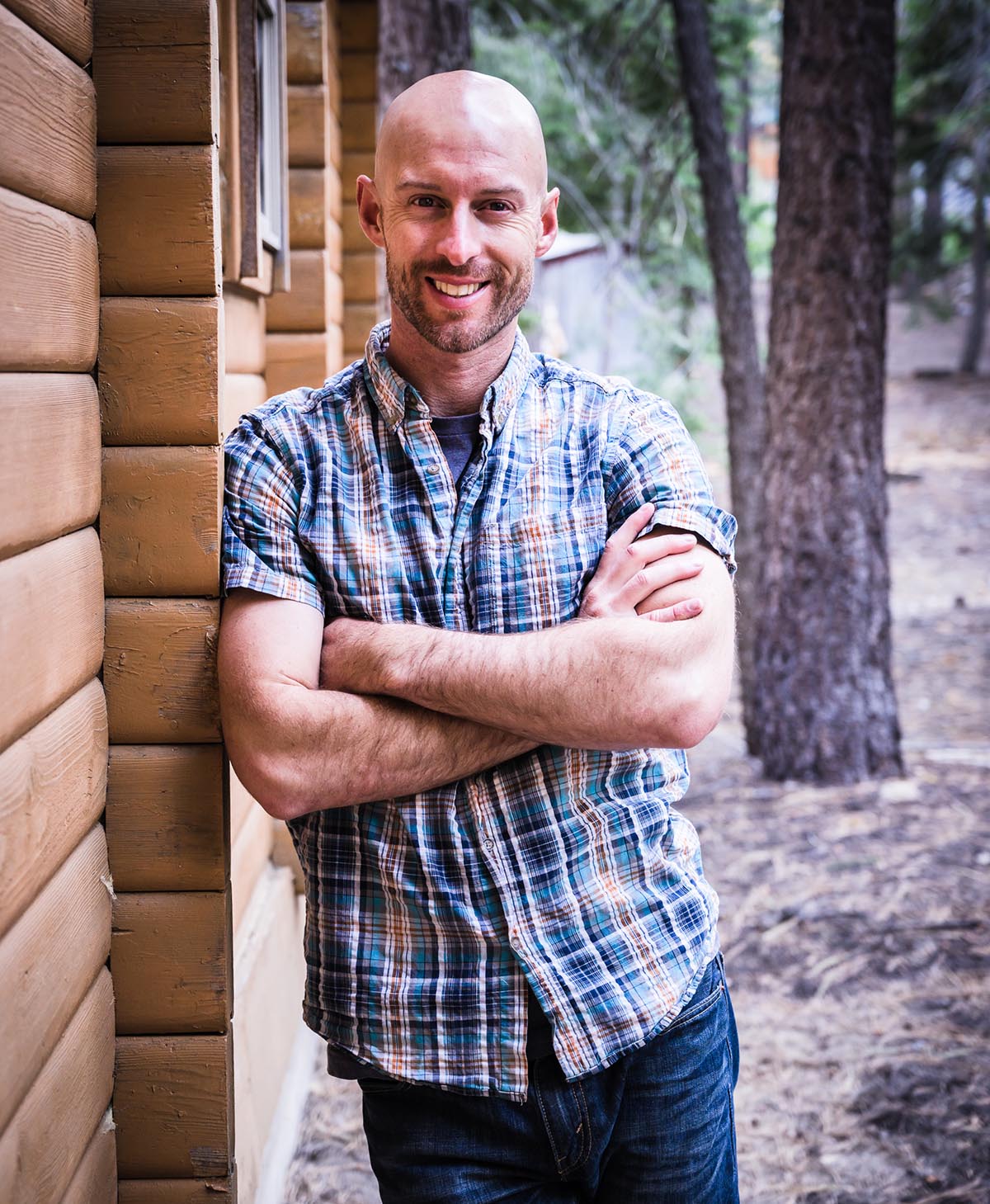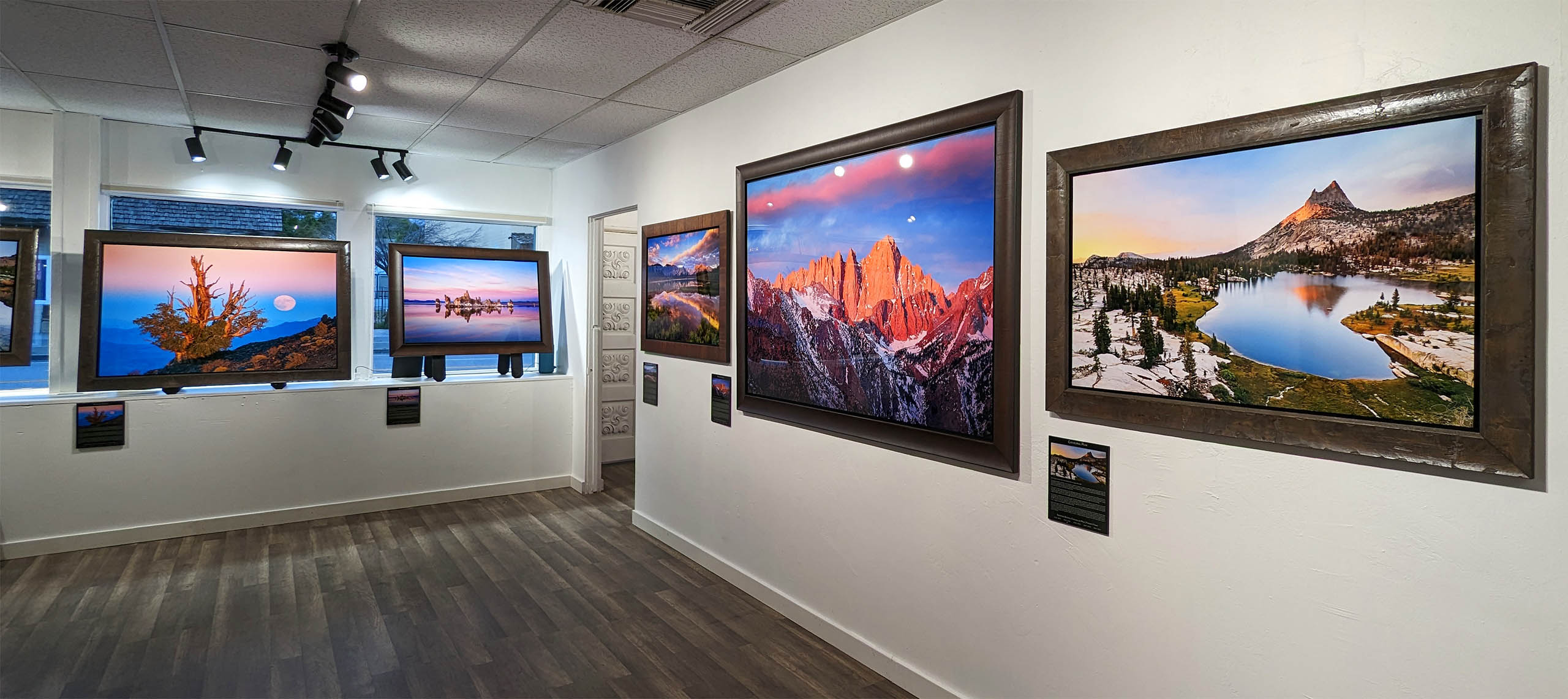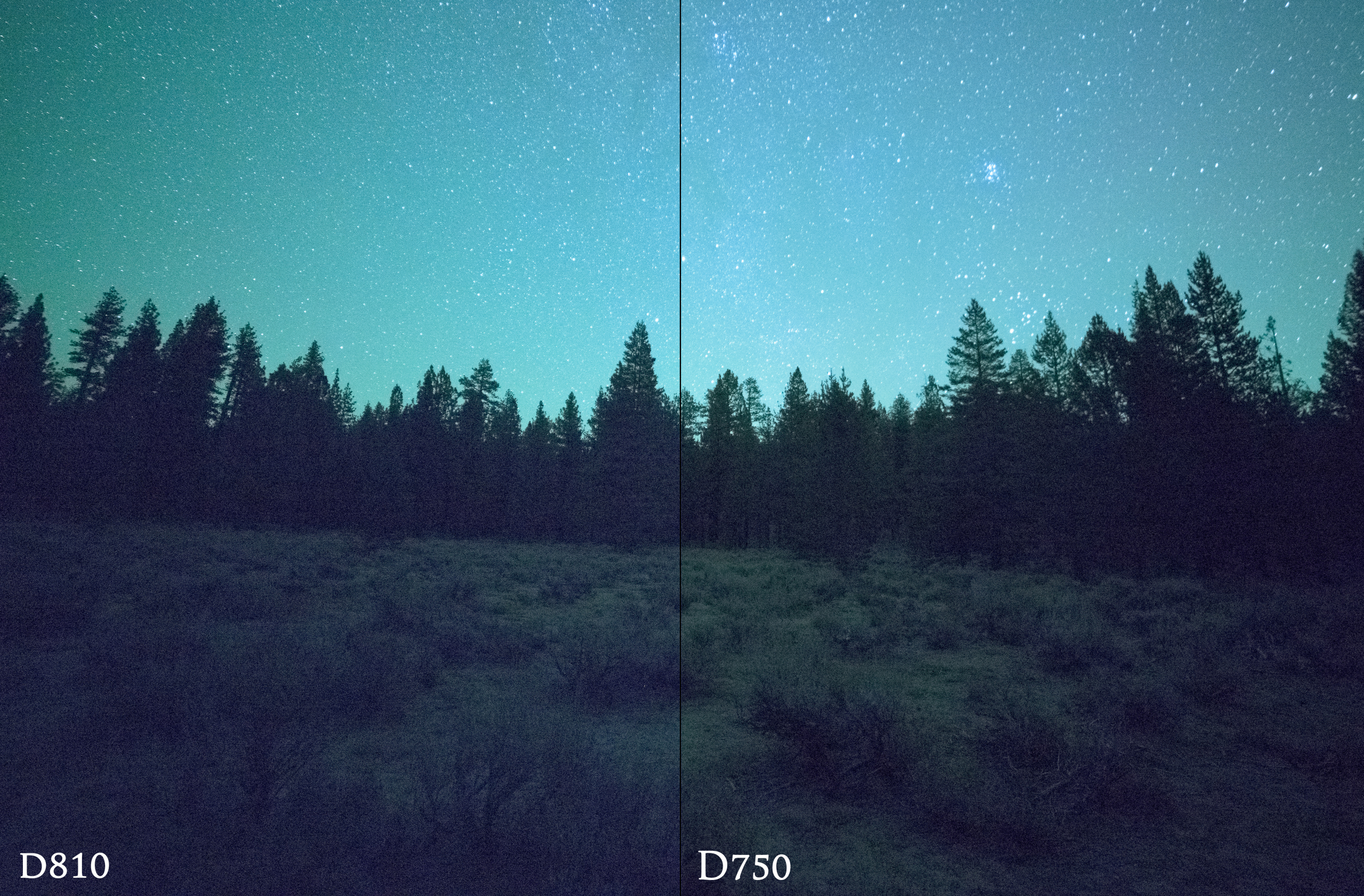
A lot of people have been asking me which camera they should buy between Nikon’s two new beauties: the Nikon D750 and the Nikon D810. Both are amazing machines but it’s a bit like comparing a Corvette to a Land Cruiser: they’ll both get you from point A to point B just fine but their real strengths […]
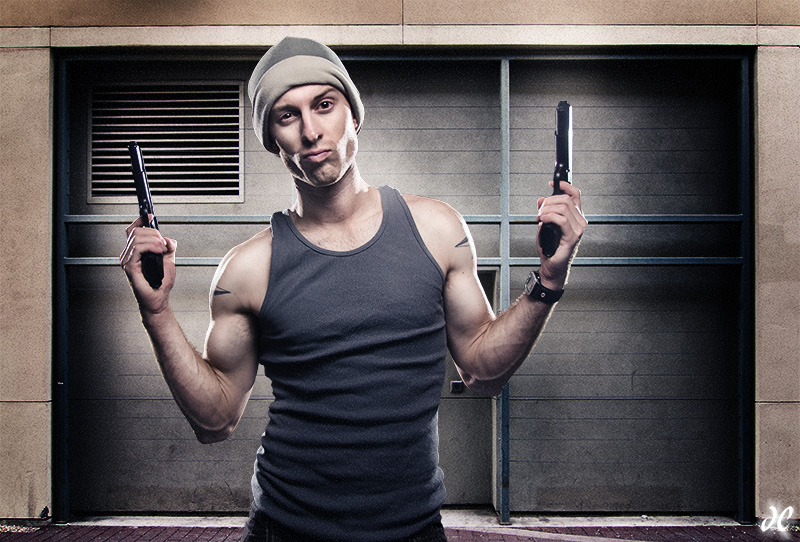
Digital imaging and software packages like Photoshop have led to a groundbreaking revolution in composite photography. I love compositing because it frees you up creatively. There are no limits to the images you can create. Dangerous and fantastical adventures, underwater worlds, and magical moments. Nothing is out of bounds, and the only things limiting the […]
Picture framing can be a hassle. Ready-made frames often offer a cheap solution, but not all pictures fit standard sizes, and the ready-made frames can be low quality as well. Professional picture framing is a sure-fire way to get a great result, but also a sure-fire way to break the bank; often it costs more […]
Here’s a new Notes from the Field from a recent trip to Death Valley. I was in the Badwater Salt Flats (lowest elevation in the US: 282 feet below sea level) for sunrise and came away with this shot: Full details with videos on how I chose this composition, what camera settings I used, and […]

